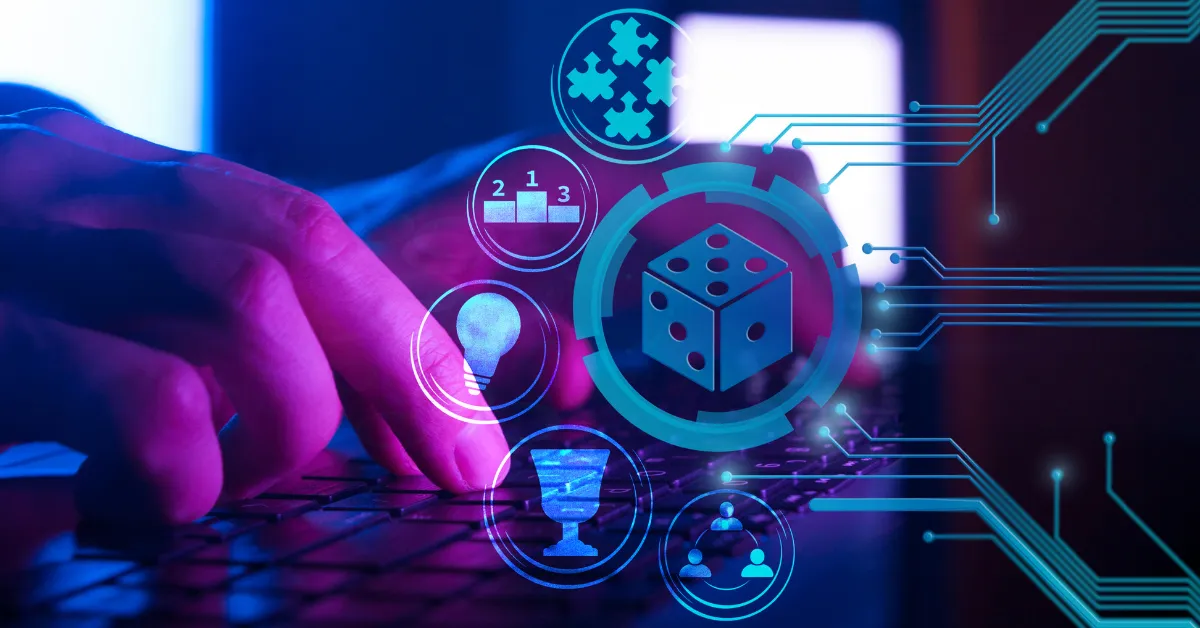
It uses game design techniques and mechanics, such as points, levels, badges, and leaderboards, to engage and motivate people to perform non-game activities. In business and marketing contexts, gamification can encourage customer participation, improve brand awareness, and drive sales. It can be applied to various areas, such as customer loyalty programs, team member training, and social media campaigns.
It is based on the idea that people are naturally attracted to games and are motivated by the sense of achievement, competition, and recognition that games provide. By incorporating game elements into non-game activities, businesses and organizations can increase customer engagement, build brand loyalty, and achieve their marketing objectives.
People Also Ask
What is gamification?
Gamification is the application of game-design elements and principles in non-gaming contexts to engage and motivate people. It involves using elements like points, badges, challenges, and rewards to make activities more enjoyable and encourage desired behaviors. Gamification is often used in fields such as education, marketing, and employee training to enhance engagement and achieve specific goals.
How can gamification benefit businesses?
Gamification can benefit businesses in several ways. It can improve customer engagement by making interactions with products or services more enjoyable. It can also boost employee productivity and motivation through gamified training programs and incentives. Additionally, gamification can help collect valuable data and feedback from users, enabling better decision-making and product development.
Can gamification be used in education?
Absolutely! Gamification is widely used in education to enhance learning experiences. By incorporating game-like elements such as quizzes, leaderboards, and rewards, educators can make learning more engaging and fun. It can motivate students to participate actively, track their progress, and achieve better educational outcomes.
What are some successful examples of gamification?
Several well-known examples of gamification include:
Nike+ Run Club: This app uses gamification to motivate users to run by offering rewards, challenges, and tracking features.
Duolingo: A language-learning app that uses gamified lessons, points, and streaks to keep users engaged in learning a new language.
Starbucks Rewards: The Starbucks app incorporates gamification through a loyalty program, where customers earn stars and unlock rewards for making purchases.
LinkedIn: LinkedIn utilizes gamification with its profile completion progress bar and endorsements, encouraging users to build comprehensive profiles and engage with connections.
Read More About Gamification here
Also Visit: Glossary For E-commerce, Business, Marketing
« Back to Glossary